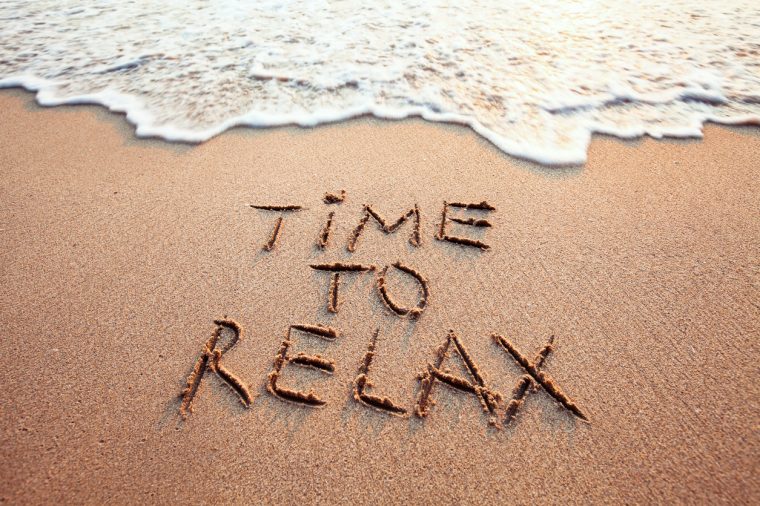
It’s difficult to put a vacation-saving strategy together without knowing exactly where you want to go and what kinds of experiences you’d like to enjoy when you get there. For example, a week at the beach is going to be less expensive than a week at a popular theme park. As you think about that, let’s talk coupon savings for a bit.
There are several ways to look at earmarking your coupon savings for a family trip. I’ve spoken with many couponers over the years who like to take the perspective that their coupon savings is “found money.” They point out that they would be buying these groceries anyway, so if they save $30 this week with coupons, that $30 goes straight into their “fun money” fund, where it grows each week with additional coupon savings added after each shopping trip.
Other shoppers look at the full, non-sale prices of everything they’re buying, then put that savings toward their vacation savings, too. For example, if a box of cereal is on sale for $1.49, but the regular price is $2.99, these shoppers take that extra $1.50 they’ve saved due to the store’s sale and add that money toward what they’re saving for, as well. Depending on where you shop, your store may even show a “Total Savings” dollar amount that aggregates both your total coupon savings and your loyalty card and non-sale-price savings, too. If you can afford to save this way, you’ll add money to your account goal more quickly.
When I’m planning a trip, whether it’s a weeklong vacation trek or a meaningful weekend away, I try to set my budget goals accordingly. Here are the questions I ask myself each time I enter trip-planning mode:
• Where do we want to go?
Many people choose the destination first, and then plan the trip around it. However, if you’re flexible on where you want to go and when, you may want to sign up with one or more travel websites for alerts on airfare and base your trip around a great deal. We have gone to New Orleans from Chicago, round trip, for less than $75 per ticket this way. When a family of four can fly somewhere, round trip, for $300, it frees up much more of the budget for lodging, meals and fun.
• How will we get there?
Will we fly or drive? There are advantages to both. Flying saves time and maximizes the time spent at your destination, but driving may be less expensive. Again, I say “may” because we’ve taken trips where we’ve found ridiculously low airfares, and driving to the same destination undoubtedly would have cost more.
•Where will we stay and when will we go?
We love the outdoors and are seasoned campers, but we also love staying in hotels and at resorts. Lodging is one of those areas that can vary wildly in price based on season and promotions. We once took a trip to Hilton Head Island in December — the off-season — and rented a two-bedroom villa for $120 per night. The same villa costs more than $400 per night in the summer.
I’m also a fan of hotel loyalty points. During my business trips, I try to stay at hotel properties under the same parent company, as I’m able to accrue rewards points that I then like to redeem for free nights at hotels at our vacation destinations. If you travel for work, this is a great way to drop your housing budget even more.
What do we want to do? If there are specific attractions at your destination that you wish to enjoy, reach out to the city’s tourism bureau and request information by mail. We’ve often gotten coupons and discounts for local restaurants, rides, and attractions through this simple step.
Jill Cataldo, a coupon workshop instructor, writer and mother of three, never passes up a good deal.

